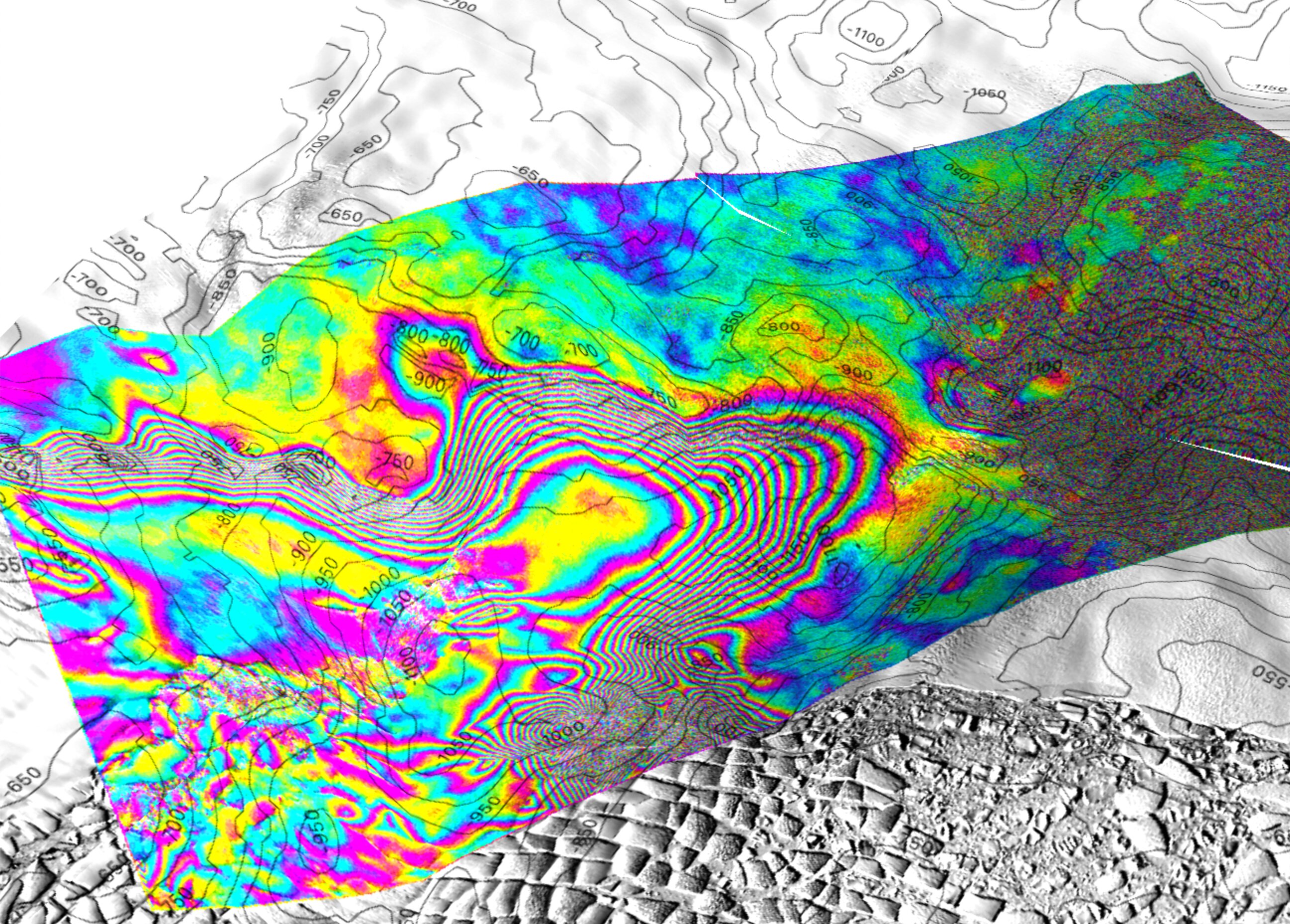
In recent developments, scientists have discovered that the Doomsday Glacier in Antarctica is melting at an unprecedented rate due to the intrusion of warm ocean water. According to multiple sources, including CNN and the University of California Irvine, this glacier - which is considered one of the most unstable places in Antarctica and contains the equivalent of 60 centimeters (two feet) of sea level rise - is more vulnerable than previously thought.
The Thwaites Glacier, as it's also known, has been under close scrutiny due to its potential impact on global sea levels. A study published in the Proceedings of the National Academy of Sciences revealed that ocean water is pushing miles beneath this glacier, making it more susceptible to melting.
Researchers from Finland's ICEYE commercial satellite mission used high-resolution satellite radar data to uncover widespread contact between ocean water and the Thwaites Glacier. This contact is causing 'vigorous melting,' as seawater intrusion is propagating up to six kilometers beyond a protective ridge, indicating that the glacier retreat is ongoing at a kilometer per year in this critical sector of Antarctica.
The pressure from this water is enough to elevate the ice sheet. In some places, the water is almost at the pressure of the overlying ice, meaning just a little more pressure is needed to push up the ice. The study suggests that warmer seawater contributes to 'vigorous melting' of basal ice.
These findings have significant implications for global sea level rise projections and coastal communities around the world. Vancouver, Florida, Bangladesh, and low-lying Pacific islands such as Tuvalu and the Marshall Islands are among those that could be gravely impacted by rising sea levels if Thwaites Glacier continues to melt at its current rate.
It's important to note that these findings do not indicate a definitive timeline for when the glacier will melt entirely. However, they do emphasize the need for continued research and monitoring of this critical region.



